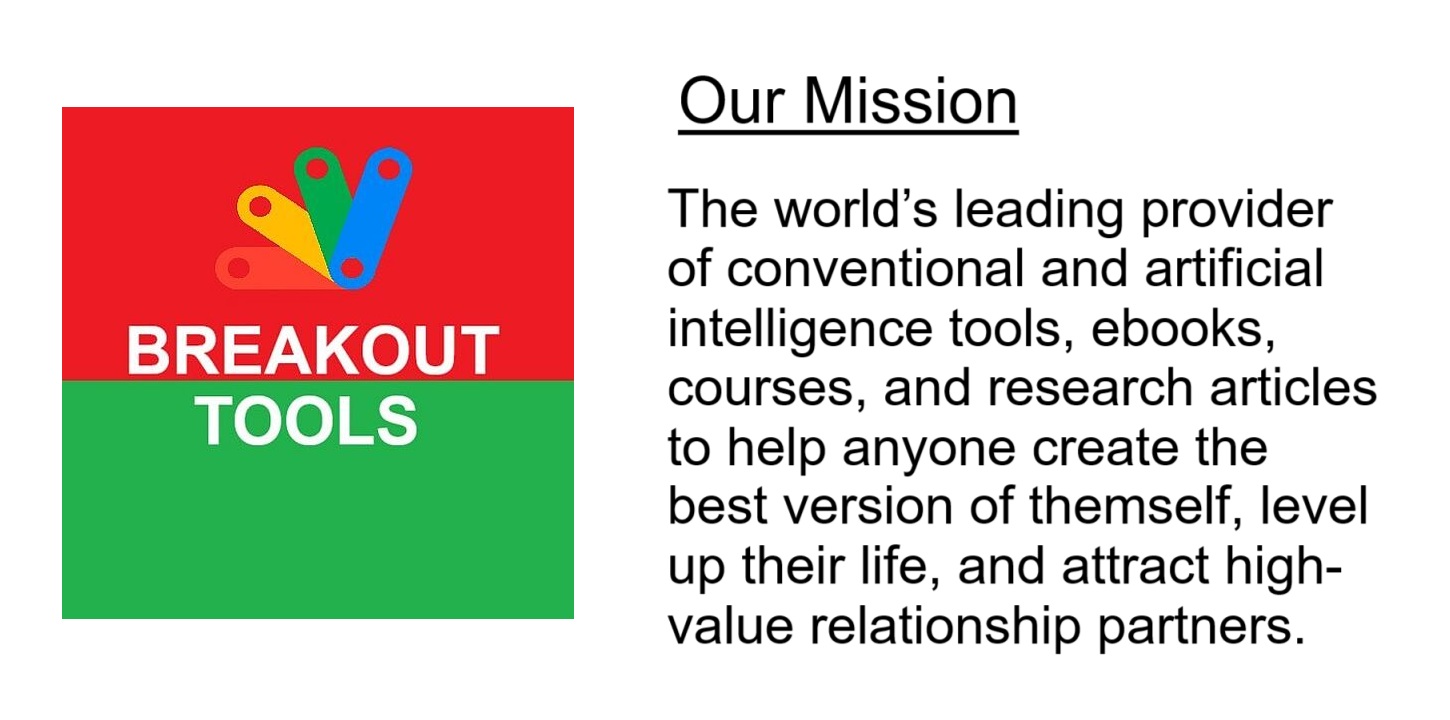Last Updated on April 13, 2025 by Royce Pierpont
Mosaics, the art of creating images with small pieces of glass, stone, or other materials, has been a popular form of expression for thousands of years. From ancient Roman floors to modern-day kitchen backsplashes, mosaics have captivated people with their intricate designs and vivid colors. Now, you can tap into this timeless art form and turn it into a profitable business by manufacturing and selling mosaic kits. This article will guide you through the process of starting and executing a successful mosaic kit business, providing detailed steps, tips, and data to help you along the way.
Market Research: Understanding the Demand for Mosaic Kits
Before diving into the world of mosaic kits, it’s crucial to understand the market demand and potential customer base. According to the Association for Creative Industries, the United States’s craft industry was valued at $43.9 billion in 2019, with 63 million active crafters. Moreover, the global DIY home décor market is expected to grow at a CAGR of 4.5% from 2020 to 2027, reaching $669.2 billion. These figures indicate a substantial market for mosaic kits, particularly as more people seek creative outlets and home improvement projects.
Identifying Your Target Market
Your primary target market for mosaic kits includes:
- Hobbyists and crafters looking for new projects
- DIY enthusiasts interested in home décor
- Art teachers and students seeking educational tools
- Gift shoppers looking for unique presents
Creating a Business Plan
To set your mosaic kit business up for success, create a comprehensive business plan that includes:
- Executive Summary: A brief overview of your business, including the mission statement, product line, target market, and financial goals.
- Company Description: Detail your business structure, ownership, and the specific need your mosaic kits fulfill in the market.
- Market Analysis: Include data on the craft industry, mosaic art, and your target market.
- Organization and Management: Describe your team, their roles, and the overall management structure.
- Services or Product Line: Outline your mosaic kit offerings, including different designs, price points, and customization options.
- Marketing and Sales: Develop a marketing strategy that includes advertising in craft magazines, social media promotion, and attending craft fairs.
- Funding Request: If seeking external funding, specify the amount needed and how it will be used.
- Financial Projections: Provide an overview of your financial projections, including revenue, expenses, and profitability.
Designing Your Mosaic Kits
Your mosaic kits should cater to various skill levels and design preferences. Consider offering a range of options, such as:
- Pre-designed mosaic patterns: Provide templates for users to follow, making the assembly process more accessible for beginners.
- Customizable mosaic patterns: Allow customers to create their unique designs using your kit’s materials.
- Themed mosaic kits: Offer kits based on popular themes, such as nature, animals, or geometric patterns.
Sourcing Materials
To create your mosaic kits, you’ll need to source high-quality materials, including:
- Tiles or tesserae: Choose from various materials like glass, ceramic, stone, or even recycled materials.
- Adhesive: Opt for a user-friendly adhesive, such as mosaic glue or pre-mixed adhesive tiles.
- Backing material: Select a sturdy, easy-to-handle backing material, like mesh or fiberboard.
- Grout: Offer a grout color that complements your mosaic designs.
- Instruction manual: Create a clear, step-by-step guide to help customers assemble their mosaics.
Manufacturing and Assembly
As a home-based business, you can assemble your mosaic kits yourself or hire help as your business grows. To streamline the process, consider investing in:
- Tile nippers: Tools for cutting glass or ceramic tiles into smaller pieces.
- Mosaic cutters: Devices for accurately cutting and shaping tiles.
- Gluing trays: Containers to hold adhesive for dipping tiles.
- Packaging supplies: Boxes, tissue paper, and labels for safely shipping your kits.
Marketing Your Mosaic Kit Business
Reach your target audience through various marketing channels, such as:
- Craft magazines: Advertise in popular crafting publications, both print and digital, to reach hobbyists and crafters.
- Social media: Utilize platforms like Instagram, Pinterest, and Facebook to showcase your mosaic kits, share customer projects, and engage with your audience.
- Craft fairs and expos: Participate in local and national events to showcase your products, meet potential customers, and network with other crafters.
- Email marketing: Build an email list to send newsletters, promotions, and updates to subscribers.
- Search engine optimization (SEO): Optimize your website for search engines to increase visibility and attract organic traffic.
Pricing Your Mosaic Kits
Determine a pricing strategy that covers your costs and generates profit. Consider factors like material costs, labor, packaging, and marketing expenses. Additionally, research competitors’ pricing to ensure your products are competitively priced.
Scaling Your Business
As your mosaic kit business grows, consider the following strategies to scale your operations:
- Outsourcing manufacturing: Partner with a local or overseas manufacturer to increase production capacity.
- Online sales: Expand your customer base by selling your mosaic kits on e-commerce platforms like Etsy, Amazon, or your own website.
- Wholesale opportunities: Approach gift shops, art supply stores, and museum gift shops to carry your mosaic kits.
- Collaborations: Work with influencers, artists, or other businesses to create exclusive mosaic kit designs and reach new audiences.
- Workshops and classes: Offer in-person or online mosaic workshops to generate additional revenue and build a community around your brand.
By following these steps, you can transform the ancient art of mosaics into a thriving home-based business. With dedication, creativity, and a solid plan, you’ll be well on your way to success in the craft industry.









